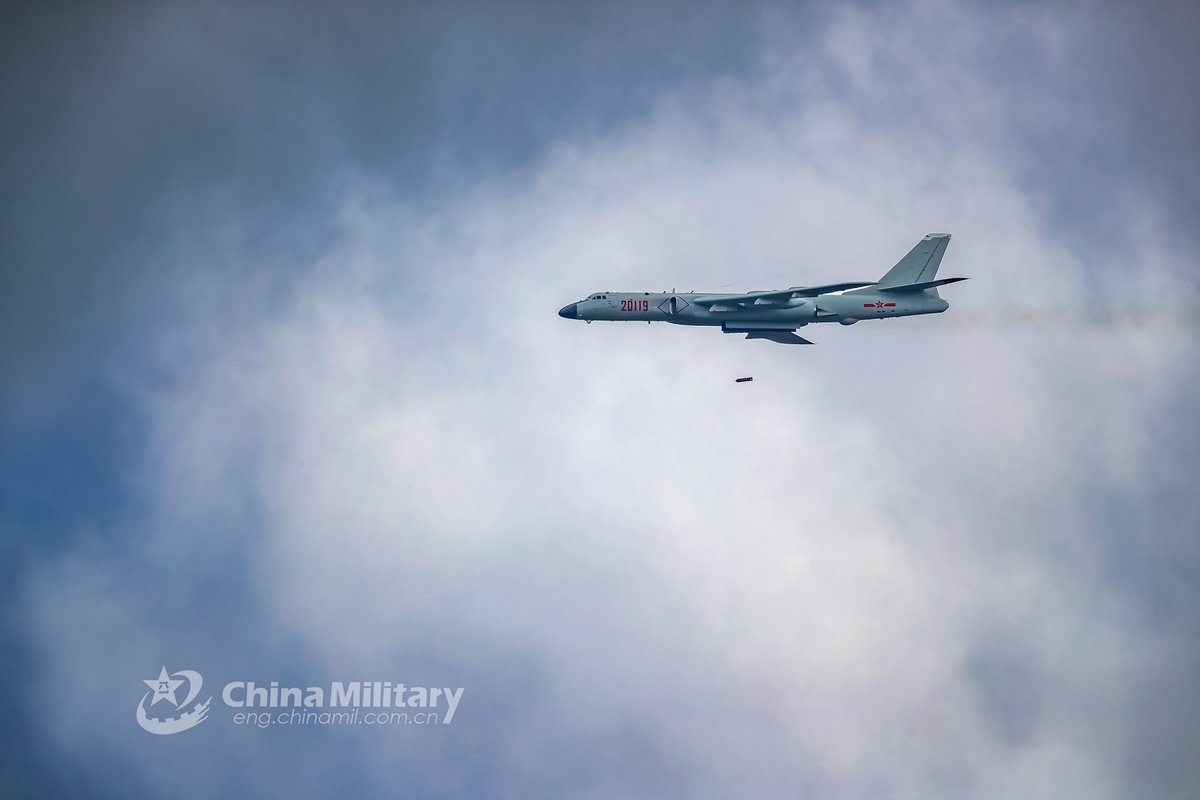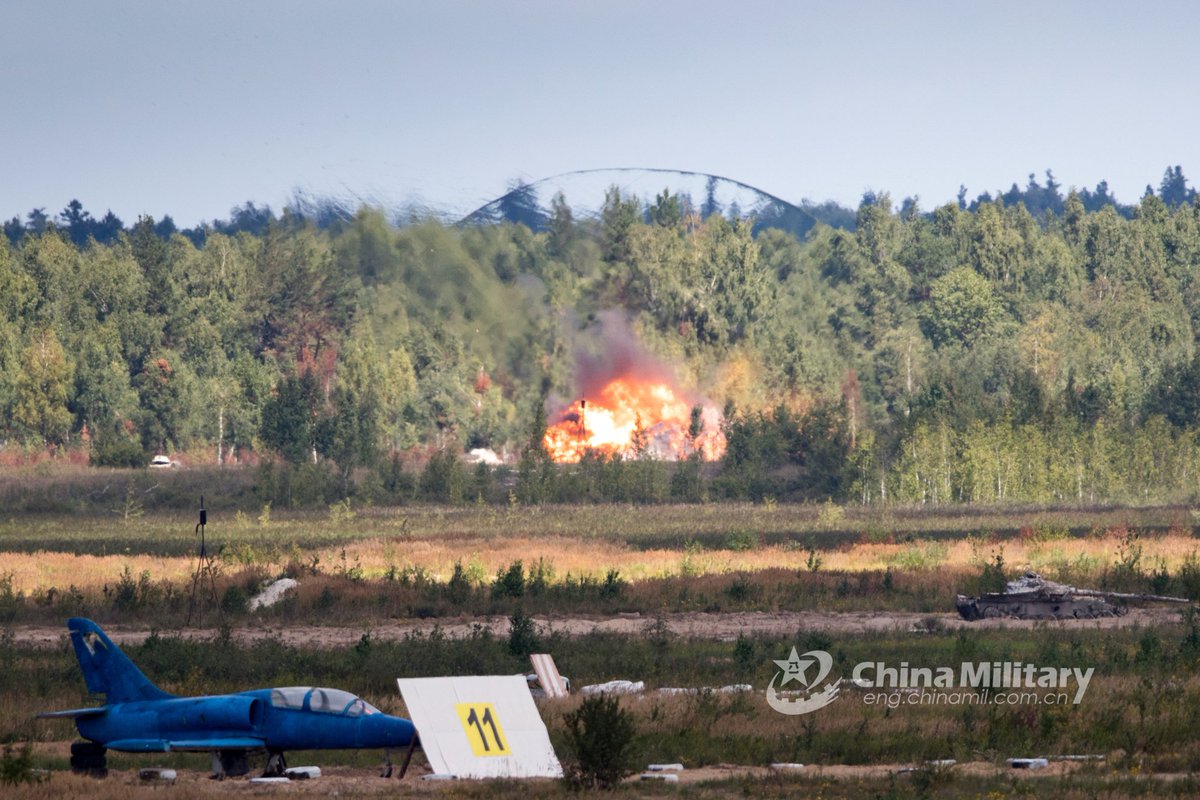Estás usando un navegador obsoleto. No se pueden mostrar estos u otros sitios web correctamente.
Se debe actualizar o usar un navegador alternativo.
Se debe actualizar o usar un navegador alternativo.
El Club de los Bombarderos de Posguerra
- Tema iniciado Grulla
- Fecha de inicio
Erik Simonsen
What Might Have Been: Two RAF Vulcan bombers carrying the AGM-48A Skybolt Air Launched Ballistic Missile (ALBM). In March 1960 the Eisenhower administration signed the original agreement with the British government for 100 Skybolt missiles. The British MoD had spent 27 million pounds to modify the RAF Vulcan bomber to carry the AGM-48A Skybolt, when on November 7 1962 Sec. of Defense McNamara abruptly cancelled the Skybolt program. The British were quite upset because the cancellation came without any warning. This caused a serious diplomatic problem for President Kennedy. The Skybolt was intended as a standoff weapon for the B-52H and RAF Vulcan however, North American was conducting compatibility studies for the XB-70, that would greatly enhance its versatility. Remarkable for its time, the Skybolt was a hypersonic (Mach 12.4 – 9,500 mph) ALBM, that would be nearly impossible to defeat. The Skybolt had a range of 600 mi. or 1,000 mi. (depending on the type of warhead), and an operational B-70 would fly at high subsonic speeds to a designated launch point. After the Skybolt launch sequence the B-70 would jettison the pylons, and accelerate to high Mach to attack a secondary target. The total payload of the B-70 would be 50,000 lb., and with two Skybolts launched 28,000 lb. would remain in the internal payload bay. From Chapter 7 of the book, “Project Terminated”, Erik Simonsen.

What Might Have Been: Two RAF Vulcan bombers carrying the AGM-48A Skybolt Air Launched Ballistic Missile (ALBM). In March 1960 the Eisenhower administration signed the original agreement with the British government for 100 Skybolt missiles. The British MoD had spent 27 million pounds to modify the RAF Vulcan bomber to carry the AGM-48A Skybolt, when on November 7 1962 Sec. of Defense McNamara abruptly cancelled the Skybolt program. The British were quite upset because the cancellation came without any warning. This caused a serious diplomatic problem for President Kennedy. The Skybolt was intended as a standoff weapon for the B-52H and RAF Vulcan however, North American was conducting compatibility studies for the XB-70, that would greatly enhance its versatility. Remarkable for its time, the Skybolt was a hypersonic (Mach 12.4 – 9,500 mph) ALBM, that would be nearly impossible to defeat. The Skybolt had a range of 600 mi. or 1,000 mi. (depending on the type of warhead), and an operational B-70 would fly at high subsonic speeds to a designated launch point. After the Skybolt launch sequence the B-70 would jettison the pylons, and accelerate to high Mach to attack a secondary target. The total payload of the B-70 would be 50,000 lb., and with two Skybolts launched 28,000 lb. would remain in the internal payload bay. From Chapter 7 of the book, “Project Terminated”, Erik Simonsen.

Erik SimonsenThe Greatest Planes That Never Were
What Might Have Been: Conceptual operational USAF SAC/North American Rockwell B-70B Valkyries carrying AGM-64A Skybolts. The Skybolt was intended as a standoff weapon for the B-52H and RAF Vulcan however, North American was conducting compatibility studies for the XB-70, that would greatly enhance its versatility. Remarkable for its time, the Skybolt was a hypersonic (Mach 12.4 – 9,500 mph) Air Launched Ballistic Missile (ALBM), that would be nearly impossible to defeat. The Skybolt had a range of 600 mi. or 1,000 mi. (depending on the type of warhead), and an operational B-70 would fly at high subsonic speeds to a designated launch point. After the Skybolt launch sequence the B-70 would jettison the pylons, and accelerate to high Mach to attack a secondary target. The total payload of the B-70 would be 50,000 lb., and with two Skybolts launched 28,000 lb. would remain in the internal payload bay. Erik Simonsen photo/illustration

What Might Have Been: Conceptual operational USAF SAC/North American Rockwell B-70B Valkyries carrying AGM-64A Skybolts. The Skybolt was intended as a standoff weapon for the B-52H and RAF Vulcan however, North American was conducting compatibility studies for the XB-70, that would greatly enhance its versatility. Remarkable for its time, the Skybolt was a hypersonic (Mach 12.4 – 9,500 mph) Air Launched Ballistic Missile (ALBM), that would be nearly impossible to defeat. The Skybolt had a range of 600 mi. or 1,000 mi. (depending on the type of warhead), and an operational B-70 would fly at high subsonic speeds to a designated launch point. After the Skybolt launch sequence the B-70 would jettison the pylons, and accelerate to high Mach to attack a secondary target. The total payload of the B-70 would be 50,000 lb., and with two Skybolts launched 28,000 lb. would remain in the internal payload bay. Erik Simonsen photo/illustration

El ataque de una 'Lezna' o cómo el bombardero soviético Tu-22 hizo temblar a la OTAN
El 21 de junio de 1958, la URSS obtuvo un arma seria, el avión Tu-22, que podía servirle de ayuda en la posible confrontación con la OTAN. Estos bombarderos de largo alcance habían extendido la influencia de las Fuerzas Aéreas de la Unión Soviética durante más de 30 años.
https://mundo.sputniknews.com/defensa/201806211079768901-avion-desarrollo-urss-defectos/

El 21 de junio de 1958, la URSS obtuvo un arma seria, el avión Tu-22, que podía servirle de ayuda en la posible confrontación con la OTAN. Estos bombarderos de largo alcance habían extendido la influencia de las Fuerzas Aéreas de la Unión Soviética durante más de 30 años.
https://mundo.sputniknews.com/defensa/201806211079768901-avion-desarrollo-urss-defectos/

BUFF
Forista Temperamental
BUFF
Forista Temperamental
BUFF
Forista Temperamental
no había que darle al avioncito estacionado?
Temas similares
- Respuestas
- 312
- Visitas
- 19K
- Respuestas
- 2
- Visitas
- 806
- Respuestas
- 9
- Visitas
- 1K
- Respuestas
- 15
- Visitas
- 2K
- Respuestas
- 36
- Visitas
- 5K











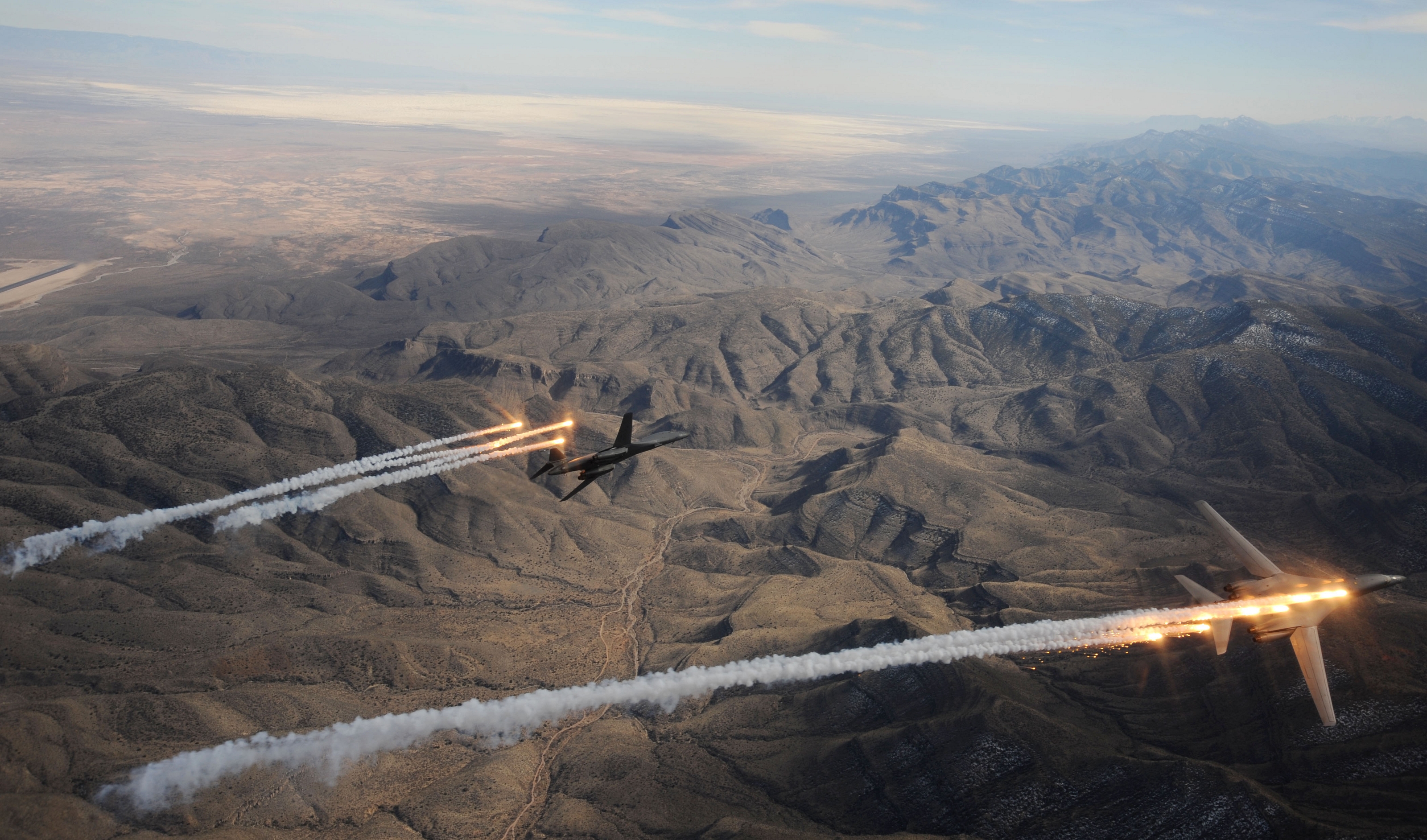
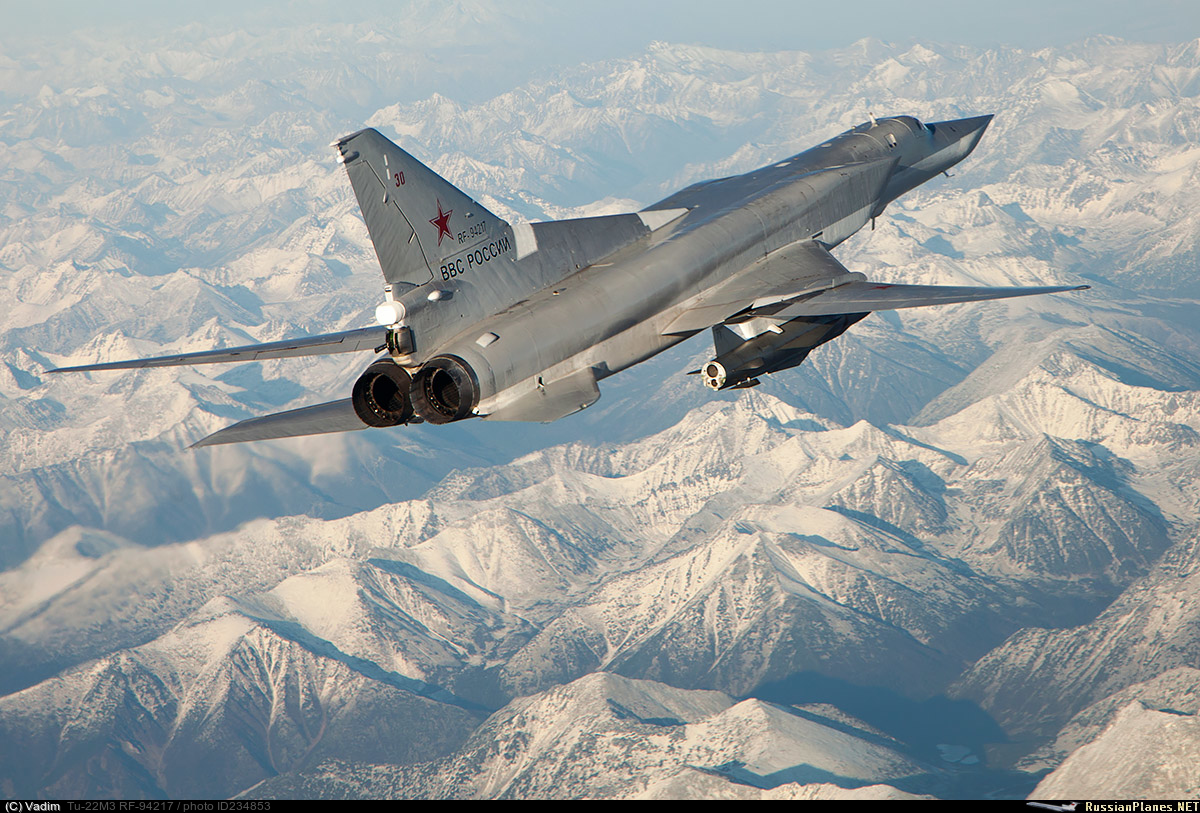
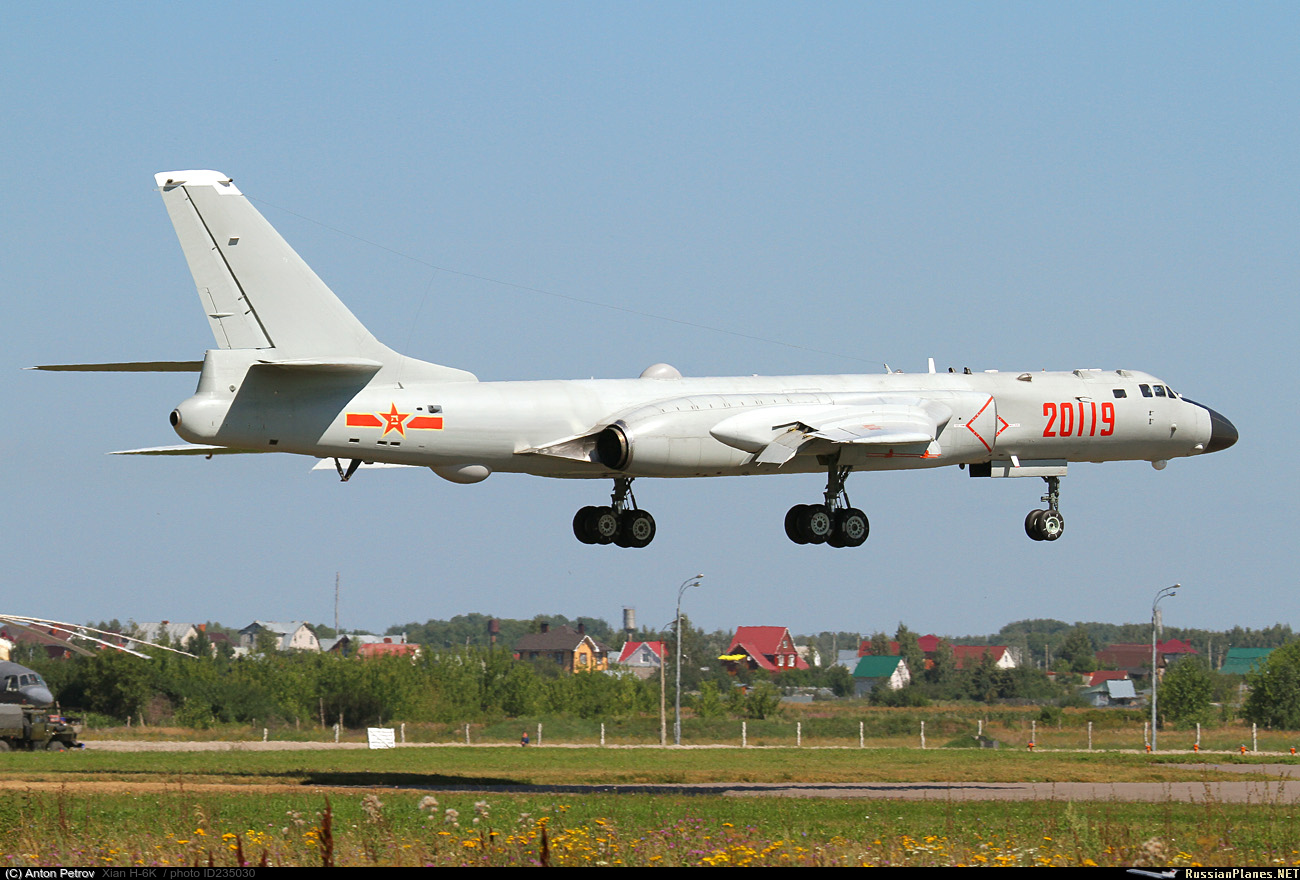
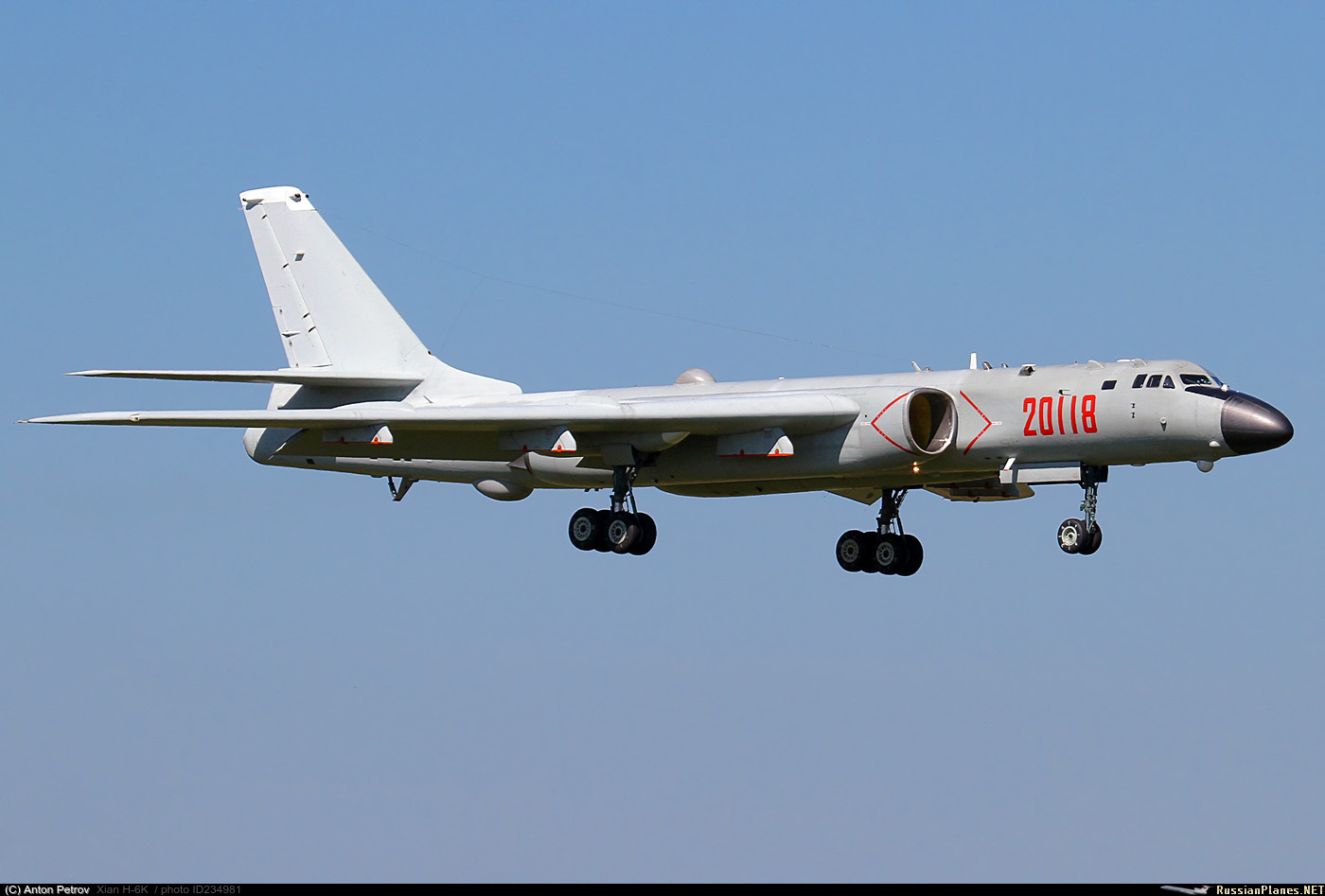

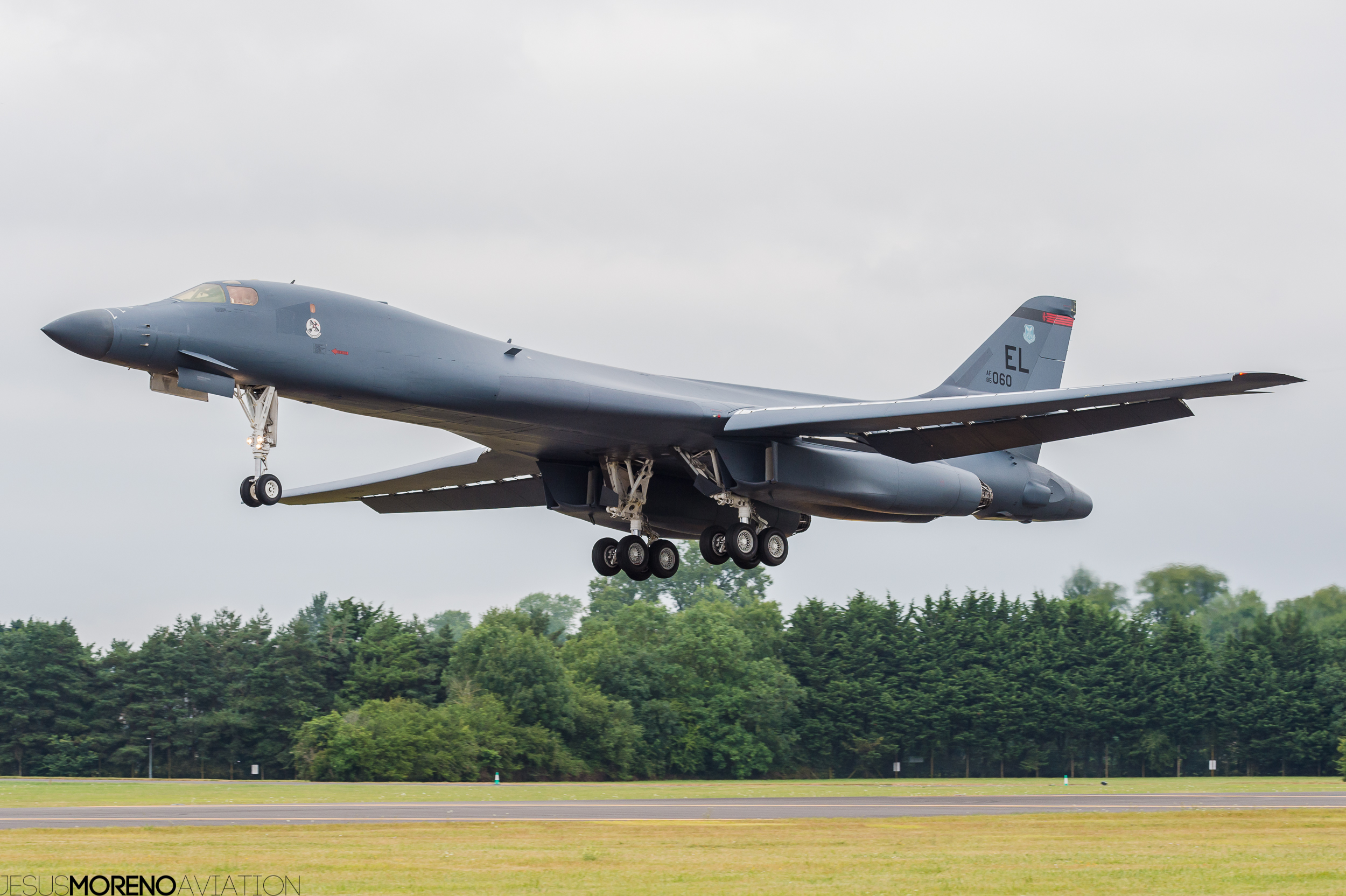 85-0060 B1 Lancer
85-0060 B1 Lancer